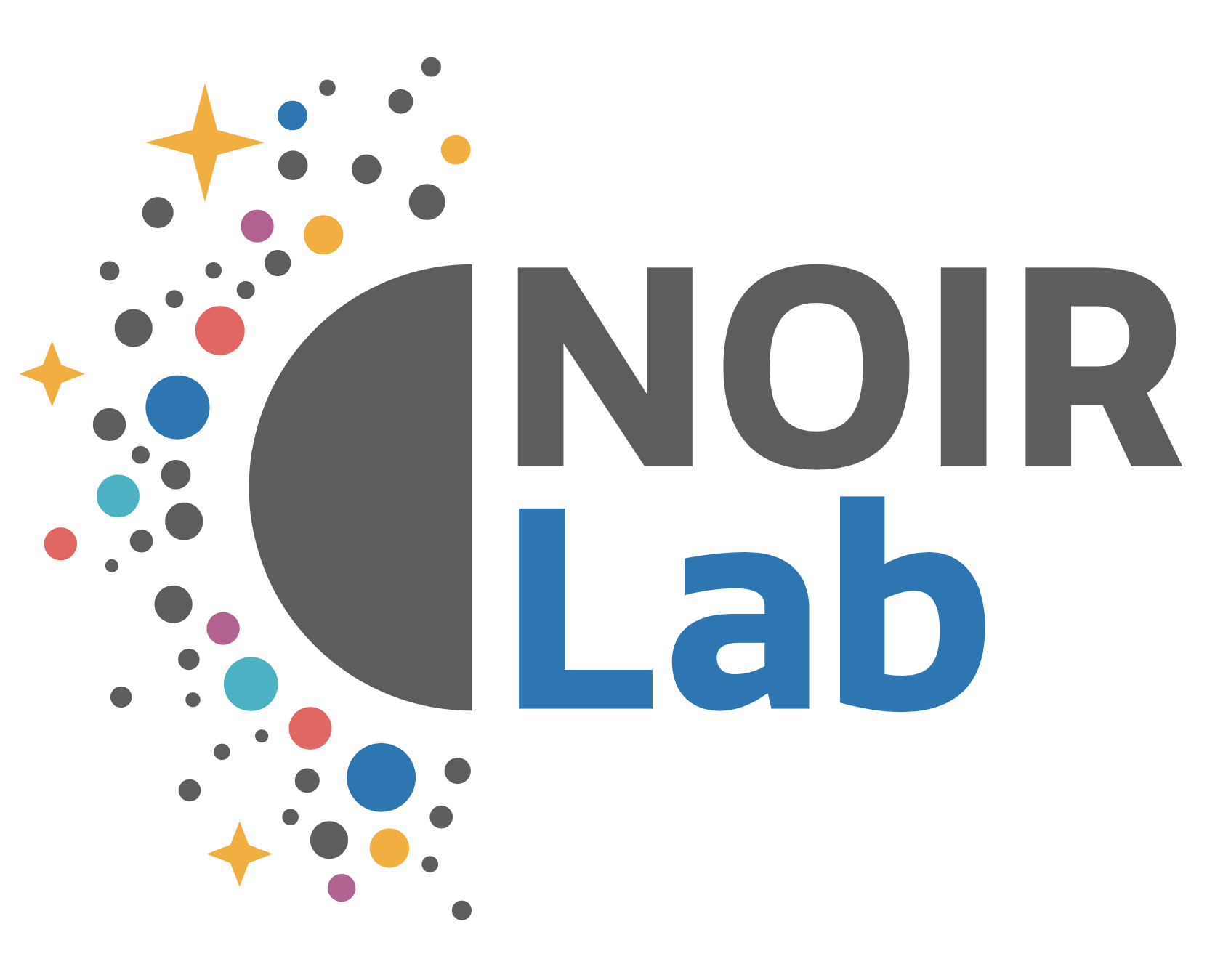The first total lunar eclipse in over 2 years will take place on May 26th. This total lunar eclipse will be visible from all three of NOIRLab’s sites with different viewing conditions. In this podcast, learn about how and when you can observe this exciting celestial event!


